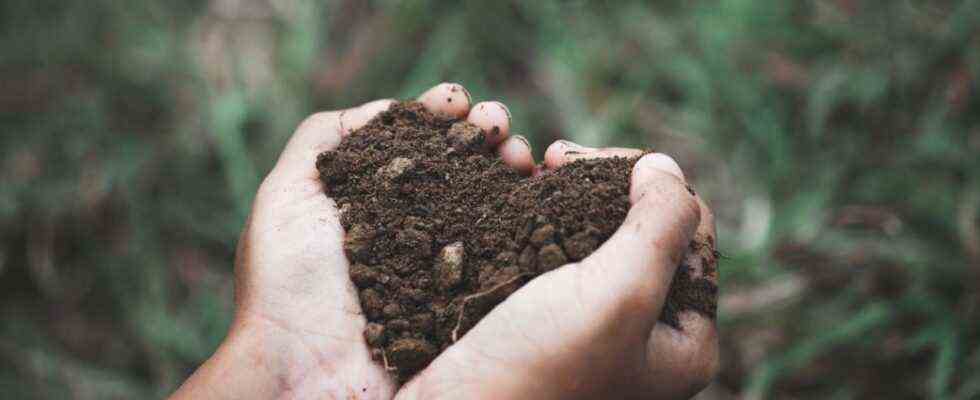The stone wall
Stone walls are an ancestral technique for delimiting land and retaining soil in steep areas. Two solutions are then available to you.
- You can opt for the creation of a dry stone wall. This technique, used by our elders, consists of associating the stones without any binder, but by carefully wedging them with each other. This technique has the advantage of allowing rainwater not to stagnate behind the wall, but to flow between the stones.
- It is also possible to create your stone wall by assembling them to each other with mortar.
In both cases, to ensure the strength of your wall you must meet certain criteria:
- You have to build the wall giving it a slight backward tilt to fight against the pressure of the earth.
- You have to place the largest stones at the bottom to give more stability.
Depending on the size of your project, but also your skills, it may be preferable to call in a professional.
The concrete block wall
This solution is a classic and is therefore widely used. The concrete block wall can be of different heights and then covered with a plaster, plaster, for example. You can also cover it with siding chips to give the illusion that it is a stone wall. You can then hire a professional or do it yourself if you have some DIY skills.
Riprap
A sustainable way to create an earth impoundment is to make a riprap. However, to do this, it is necessary to have access that will allow the rocks to be brought in. You can then use uncalibrated rocks that you must nest so as not to leave too much space between them.
It is also possible to use calibrated rocks which will then be easier to organize, but which will give a less natural result. A riprap is difficult to achieve without calling on a professional. Among other things, because it is necessary to move very heavy stones which require specific machines.
Gabion
More and more used for this purpose in recent decades, the gabion is a metal cage in which stones are installed. The end result will depend on the type of rock you are going to place inside. To play on the aesthetic, you can then choose different shades. Gabions allow you to create different layouts. They can be superimposed to gain height. They can be placed next to each other, L-shaped, etc. However, to install them make sure the ground is stable. For a small wall, all you have to do is put them on the ground, but if you want to make a higher wall, you will have to inquire with the supplier on how to proceed or you can call a professional.
The fence
To keep the earth in place, you can also create palisades. The best is then to place them vertically with a buried part which must be sealed in the concrete for a good hold in place. For this solution you will have the choice between different materials. Likewise, you can make them of different heights by forming a line or creating curves.
- They can be made of concrete. You can then give your wall or low wall a colored or textured finish. Concrete can also be left raw.
- The fence can also be made by natural stone. The color will vary depending on the rock that will be chosen.
- You can also create a retaining palisade with wood. It is possible to find solutions that are fairly simple to implement on the market. Indeed, the principle consists in installing metal posts which will accommodate the wooden planks thanks to a system of rails, which, in addition, will hold them securely in place.

The wooden border
Wood is another way to hold the earth. This solution will last longer or shorter depending on the type of wood chosen. In this case again, several solutions are available to you.
- You can get long logs or beams that you will simply place horizontally, which will hold the earth.
- You can also align pieces of wood planted perpendicular in the ground to create a sort of small fence.
- It is also possible touse logs that you can stack to create a wall. It is then sufficient to maintain them at the ends by solid posts.
In this solution, it is advisable to favor denser species such as acacia, chestnut or oak. Fir and birch are more resistant to humidity.
The green retaining wall
They have been used extensively in recent decades, but are less and less so. And for good reason, plants find it difficult to develop in this type of container. These are concrete elements that are superimposed to create a wall or a low wall. A concrete footing is necessary under the first row, then on the last one in height. Then just fill the spaces reserved for this with soil and add plants. It is therefore important to choose plants which will be able to develop in this space, that is to say resistant plants which can be satisfied with a little soil.

